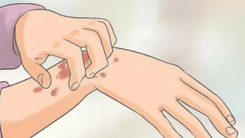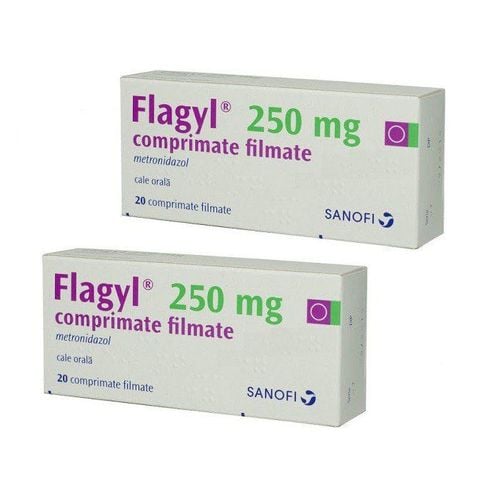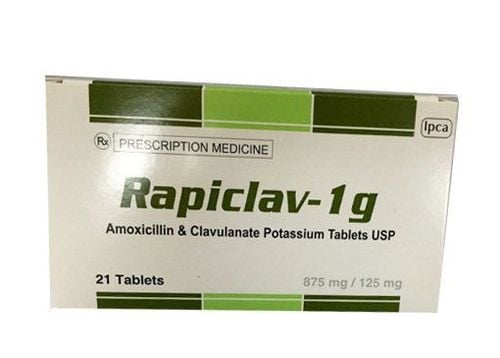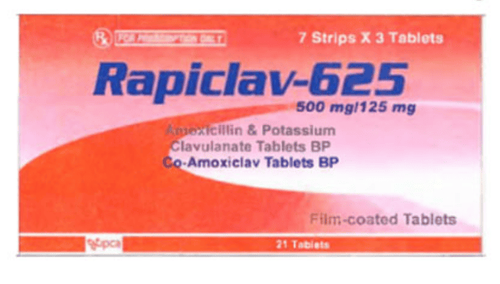One of the causes of urethritis is gonorrhea. Gonorrhea in general and gonorrhea urethritis in particular is a urinary tract infection caused by a bacteria called gonorrhea and has the ability to be sexually transmitted.
1. Gonorrhea
Gonorrhea is an infectious disease of the urinary tract caused by the bacterium Neisseria gonorrhoeae. This bacterium, which is gram-negative and coffee-bean-shaped, is often found within polymorphonuclear leukocytes. It can form pairs and is easily destroyed when exposed to the external environment or antiseptic chemicals. In acute gonorrhea cases, the bacteria are readily visible under a microscope. However, in chronic gonorrhea infections, it may require culturing under CO₂-enriched conditions for detection.
Gonorrhea can affect both men and women of all ages, including newborns. The bacterium is transmitted sexually, adhering to the epithelial lining of the urethra during sexual contact with an infected individual. Indirect transmission can also occur through medical instruments contaminated with the bacteria if they are not properly sterilized. Additionally, during childbirth, an infected mother can transmit the bacteria to her baby, leading to gonococcal conjunctivitis in newborns.
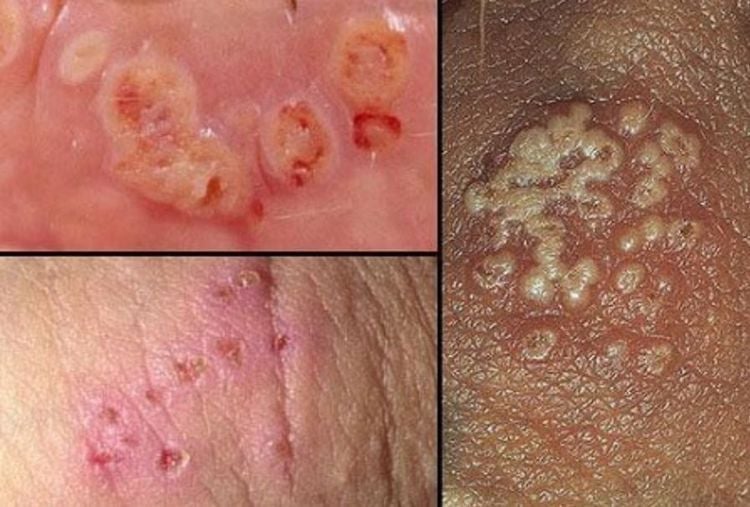
In men, gonorrhea typically manifests as acute urethritis. In women, the bacteria often invade the cervix, with minimal symptoms. Other body parts that can be infected include the anus and rectum. Gonorrhea is often accompanied by other conditions, such as arthritis or dermatitis.
If left untreated, gonorrhea can cause severe complications, including infertility, ectopic pregnancy in pregnant women, and infections such as inflammation of the Littre glands, epididymitis, or seminal vesiculitis in men.
2. Urethritis and gonorrhea
Gonococcal urethritis refers to inflammation of the urethra caused by the invasion of Neisseria gonorrhoeae. The primary cause is unsafe sexual intercourse with an infected individual. Gonococcal urethritis often presents in acute form with symptoms such as painful urination, frequent urination, pus discharge, and swelling or redness around the urethral opening in men.
The hallmark symptom of gonococcal urethritis in men is the presence of pus, which is typically yellow or green and produced in significant amounts. The incubation period for Neisseria gonorrhoeae in men is 3–5 days. In some cases, gonococcal urethritis may be mistaken for non-gonococcal urethritis, leading to incorrect treatment protocols and worsening the condition, potentially resulting in complete urethritis. Advanced-stage gonococcal urethritis is marked by symptoms such as difficulty urinating, blood in the urine, increased pus discharge, inguinal lymph node swelling, pain, and painful erections.
If left untreated, gonococcal urethritis progresses to chronic gonorrhea, posing significant health risks.
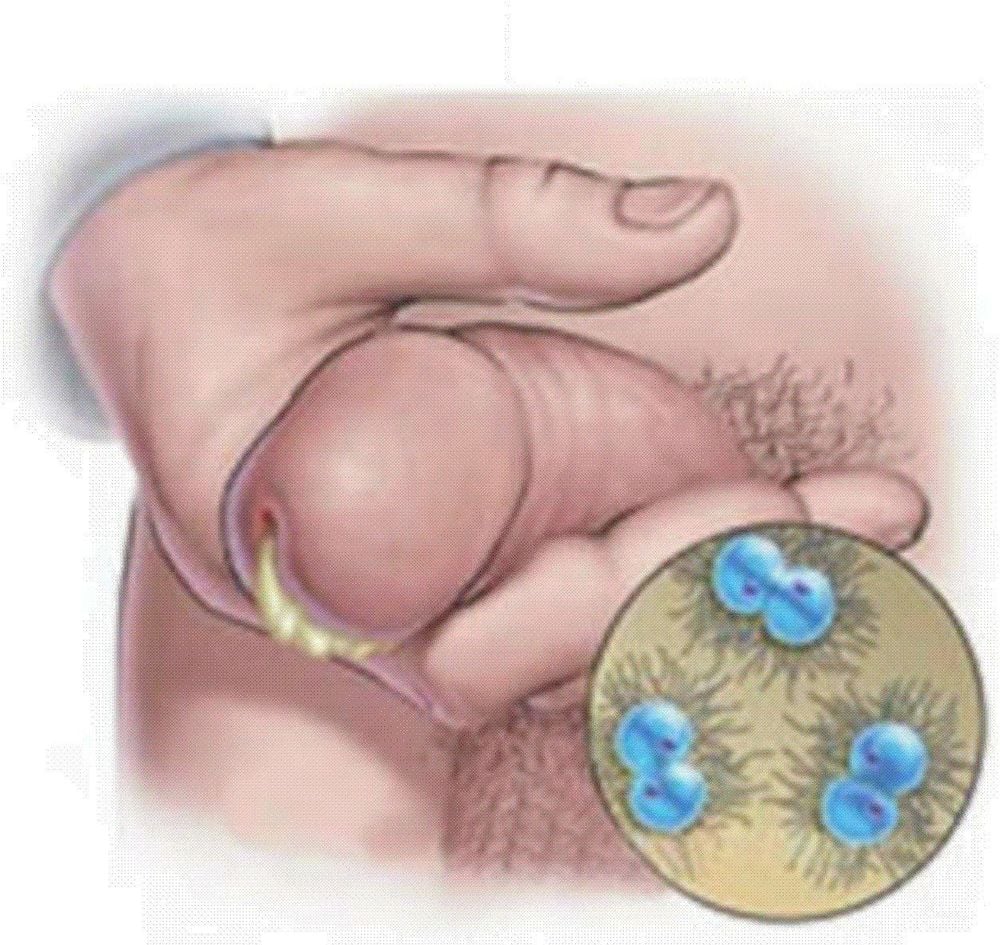
Diagnosis of Gonorrhea and Gonococcal Urethritis
Diagnosing gonorrhea, including gonococcal urethritis in men, involves:
Clinical examination to identify urethral inflammation, pus discharge, and associated symptoms.
Laboratory tests, including:
Direct examination: Staining and microscopic examination of discharge samples.
Culture and isolation: Conducted in a CO₂-enriched environment at 35°C–36°C on Thayer-Martin medium containing Vancomycin.
Polymerase Chain Reaction (PCR): A highly sensitive and increasingly common diagnostic technique.
3. Urethritis in Men and Treatment Approaches
Gonococcal urethritis is a complex urinary tract infection that requires adherence to specific treatment principles:
Treatment must align with the antibiotic susceptibility of the bacteria.
Both sexual partners must be treated simultaneously.
Avoid sexual intercourse during treatment; if unavoidable, use condoms.
Patients should rest and avoid activities that could harm the genital area during treatment.
Treat gonorrhea alongside other infections, such as Chlamydia trachomatis or secondary bacterial infections.
Schedule follow-up examinations and perform additional tests to ensure recovery.
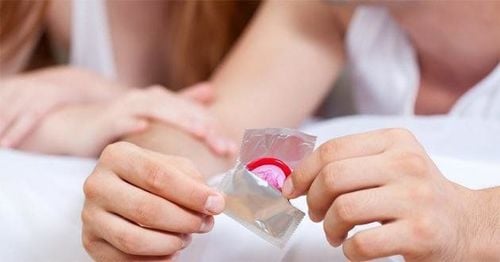
Treatment Protocols for Gonococcal Urethritis
For uncomplicated gonococcal urethritis:
Spectinomycin: 2 grams, intramuscular, single dose.
Ceftriaxone: 250 mg, intramuscular, single dose.
Doxycycline: 100 mg, twice daily for 7 days.
For complicated gonococcal urethritis with complications:
Ceftriaxone: 1 gram/day, intramuscularly for 3–7 days.
Doxycycline: 100 mg, twice daily for 7 days.
Severe complications such as meningitis or endocarditis may require prolonged treatment for up to 4 weeks with the above medications.
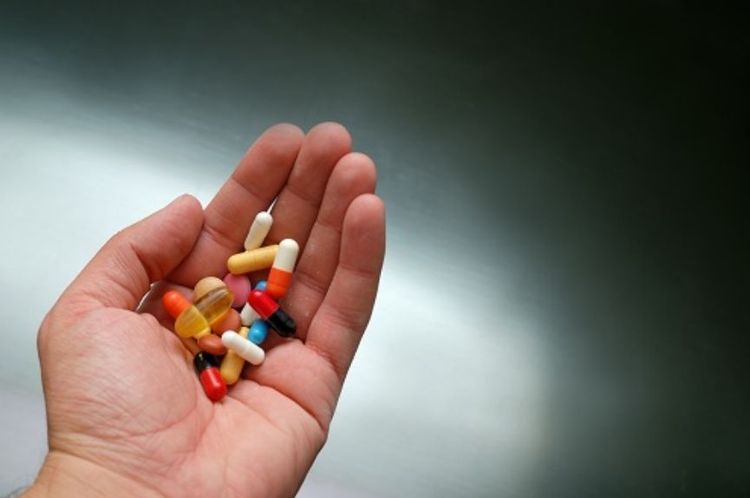
Since gonococcal urethritis is a subtype of gonorrhea, it primarily affects men and can severely impact their health if undiagnosed or untreated. To prevent complications:
Emphasize safe sexual practices and use of condoms.
Promote education and awareness of the risks of unsafe sex.
Encourage individuals with suspicious symptoms of gonococcal urethritis to seek immediate medical evaluation and diagnosis.


